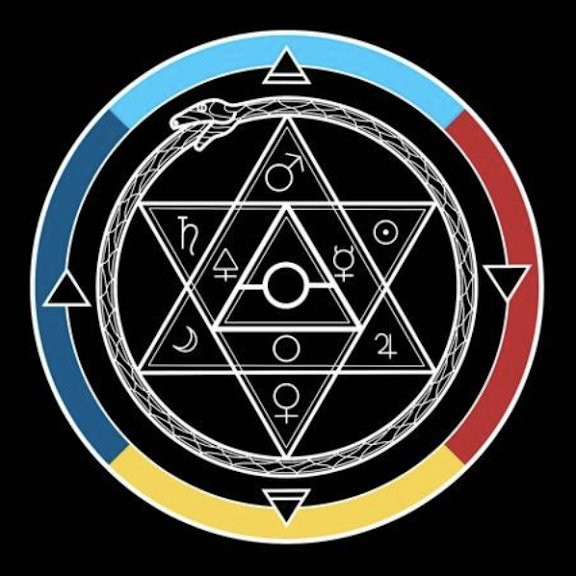Participation Mystique: Difference between revisions
SkyPanther (talk | contribs) mNo edit summary |
SkyPanther (talk | contribs) mNo edit summary |
||
| (2 intermediate revisions by the same user not shown) | |||
| Line 1: | Line 1: | ||
<blockquote>It denotes a peculiar kind of psychological connection with objects, and consists in the fact that the subject cannot clearly distinguish himself from the object but is bound to it by a direct relationship which amounts to partial identity. - Jung 1921 </blockquote>This describes kind of all encompassing secondary personalization - projection on people, places and things, of some transpersonal quality. For instance, an item (a sword, cup, wand, etc) being intelligent or having a personality or will of its own. | <blockquote>It denotes a peculiar kind of psychological connection with objects, and consists in the fact that the subject cannot clearly distinguish himself from the object but is bound to it by a direct relationship which amounts to partial identity. - Jung 1921 </blockquote>This describes a kind of all encompassing secondary personalization - projection on people, places and things, of some transpersonal quality. For instance, an item (a sword, cup, wand, etc) being intelligent or having a personality or will of its own. A place being sacred, profane or haunted. A "feeling" of a person being special in some indescribable way(a mana-personality). This usually happens with children and their parents, and later on with groups, institutions, and the like. This was a common way of living among our ancestors. A dream like experience of reality which consciousness, taking back the projections and becoming conscious of them - "breaks us out of" but has a secondary negative consequence that this makes the world seem "dead"; i.e "it's just projection, no place is really sacred." | ||
Latest revision as of 21:49, 8 August 2022
It denotes a peculiar kind of psychological connection with objects, and consists in the fact that the subject cannot clearly distinguish himself from the object but is bound to it by a direct relationship which amounts to partial identity. - Jung 1921
This describes a kind of all encompassing secondary personalization - projection on people, places and things, of some transpersonal quality. For instance, an item (a sword, cup, wand, etc) being intelligent or having a personality or will of its own. A place being sacred, profane or haunted. A "feeling" of a person being special in some indescribable way(a mana-personality). This usually happens with children and their parents, and later on with groups, institutions, and the like. This was a common way of living among our ancestors. A dream like experience of reality which consciousness, taking back the projections and becoming conscious of them - "breaks us out of" but has a secondary negative consequence that this makes the world seem "dead"; i.e "it's just projection, no place is really sacred."
